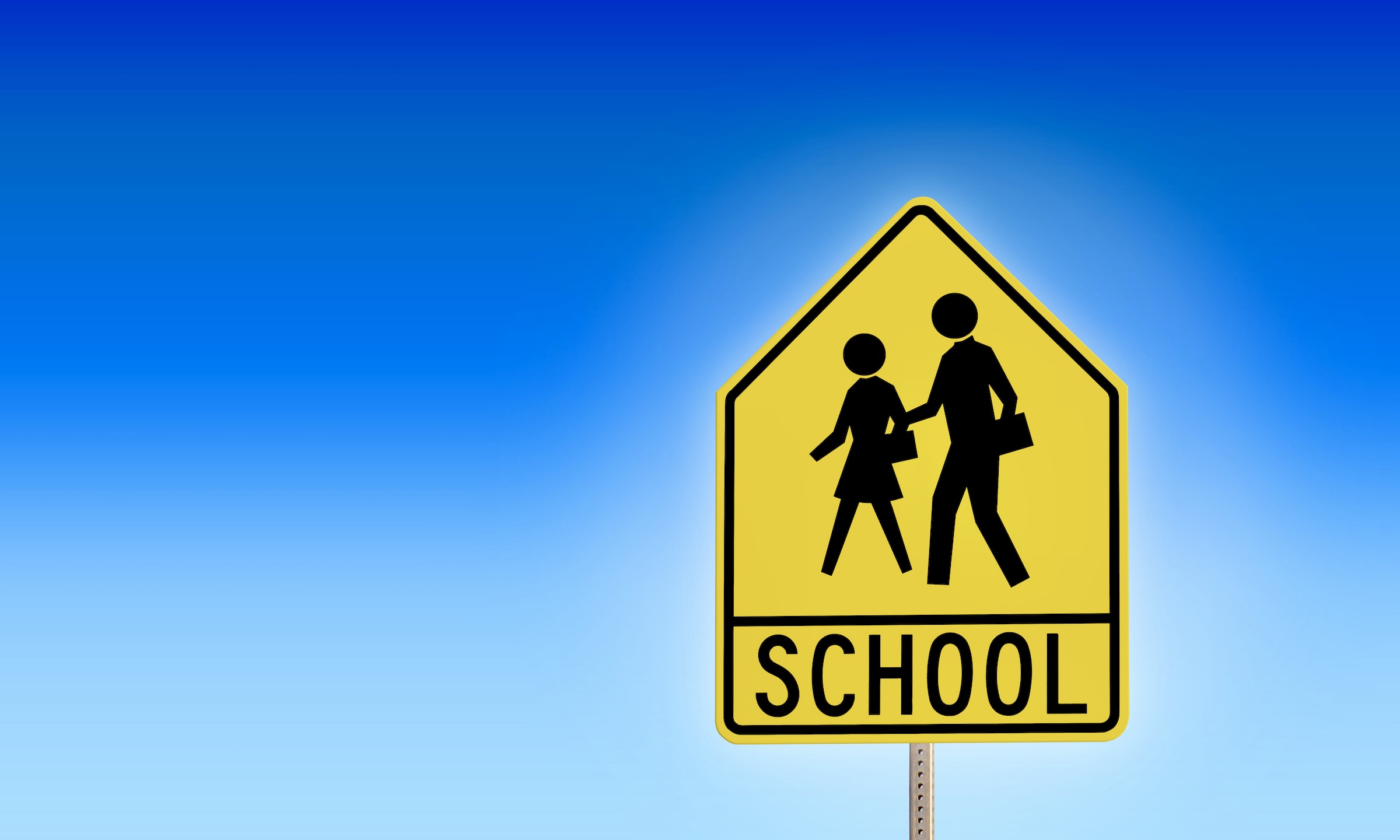A Call for Safer School Zones
The loss of an 11-year-old student in a Glendale crosswalk is a heartbreaking reminder that school-zone safety demands everyone’s attention—drivers, parents, educators, and city leaders. Reports identified the child as Meri Nalbandyan, a sixth grader at Eleanor J. Toll Middle School, who was struck by a sport-utility vehicle while crossing in front of family and classmates. No words can capture the grief felt by her loved ones, classmates, and community.
Why School Zones Are Uniquely Dangerous
- High pedestrian density: Children cross in groups at start and dismissal times.
- Driver distraction & congestion: Phones, navigation, drop-off lines, and tight timelines increase risk.
- Vehicle size & visibility: Larger SUVs have bigger front blind zones that can obscure smaller pedestrians.
- Inconsistent infrastructure: Faded striping, limited crossing guards, and poor lighting compound hazards.
California Crosswalk Laws at a Glance
California law requires drivers to yield to pedestrians in marked and unmarked crosswalks at intersections and to use due care to avoid collisions. In school zones, reduced speed, heightened awareness, and extra caution are essential. (Nothing here is legal advice—laws apply to specific facts and evolve.)
Prevention: Shared Responsibility
For Drivers
- Slow to school-zone speed (or slower when visibility is poor).
- Cover the brake and scan for children stepping out from between vehicles.
- Eliminate distractions—no texting, dialing, or reaching for items while moving.
- Yield early to anyone waiting at the curb, not just those already in the crosswalk.
For Parents & Students
- Choose the safest route with the fewest crossings; practice it together.
- Make eye contact with drivers; wait for vehicles to fully stop before stepping off the curb.
- Avoid earbuds and screens while crossing.
For Schools & Cities
- High-visibility crosswalks, daylighted corners (no parking near corners), and working beacons.
- Crossing guards at peak times and traffic-calming near campus (speed humps, curb extensions).
- Regular audits for signage, lighting, signal timing, and tree/vehicle sight-line obstructions.
What Families Can Do After a Crosswalk Crash
Immediate steps help protect safety and legal rights.
- Seek immediate medical care and follow all treatment plans.
- Preserve evidence: photos/video of the scene, skid marks, vehicle damage, debris, weather, and lighting.
- Gather witness names, crossing-guard info, and nearby business/school camera details.
- Request the police report and note responding agency and report number.
- Avoid recorded statements to insurers until you have counsel.
Legal Options for Grieving Families
When negligence causes a pedestrian fatality, surviving family members may bring a wrongful death claim and, where appropriate, a survivor action. Potentially responsible parties can include:
- Negligent drivers (speeding, distraction, failure to yield).
- Vehicle manufacturers (visibility/design defects) in limited, fact-specific cases.
- Public entities for dangerous conditions of public property (e.g., missing signs, poor sightlines) subject to strict notice deadlines.
Recoverable damages may include funeral and burial costs, loss of financial support, loss of love/companionship, and other permitted economic and non-economic losses. Because government tort claims often require early notice, families should consult counsel promptly.
Our Commitment to Safer Streets
No parent should fear for a child’s life on a routine walk to school. Beyond cases, we advocate for safer designs and policies that prevent the next tragedy. If you’re seeking guidance, we are here to listen and help.
Speak With a Pedestrian Accident & Wrongful Death Attorney
If your family has been affected by a crosswalk crash, you don’t have to navigate insurers and agencies alone. Attorney Art Majlessi represents families in pedestrian accident, wrongful death, and serious injury cases across California.
- 📅 Free, confidential consultation
- 💰 No fees unless we win
- ⚖️ Investigative resources & trial experience
📞 Call (310) 724-6222 or (415) 629-0109 | 📨 Request a case review
Disclaimer: This content is for informational purposes only and does not constitute legal advice. Please consult with a licensed attorney regarding your specific situation.

